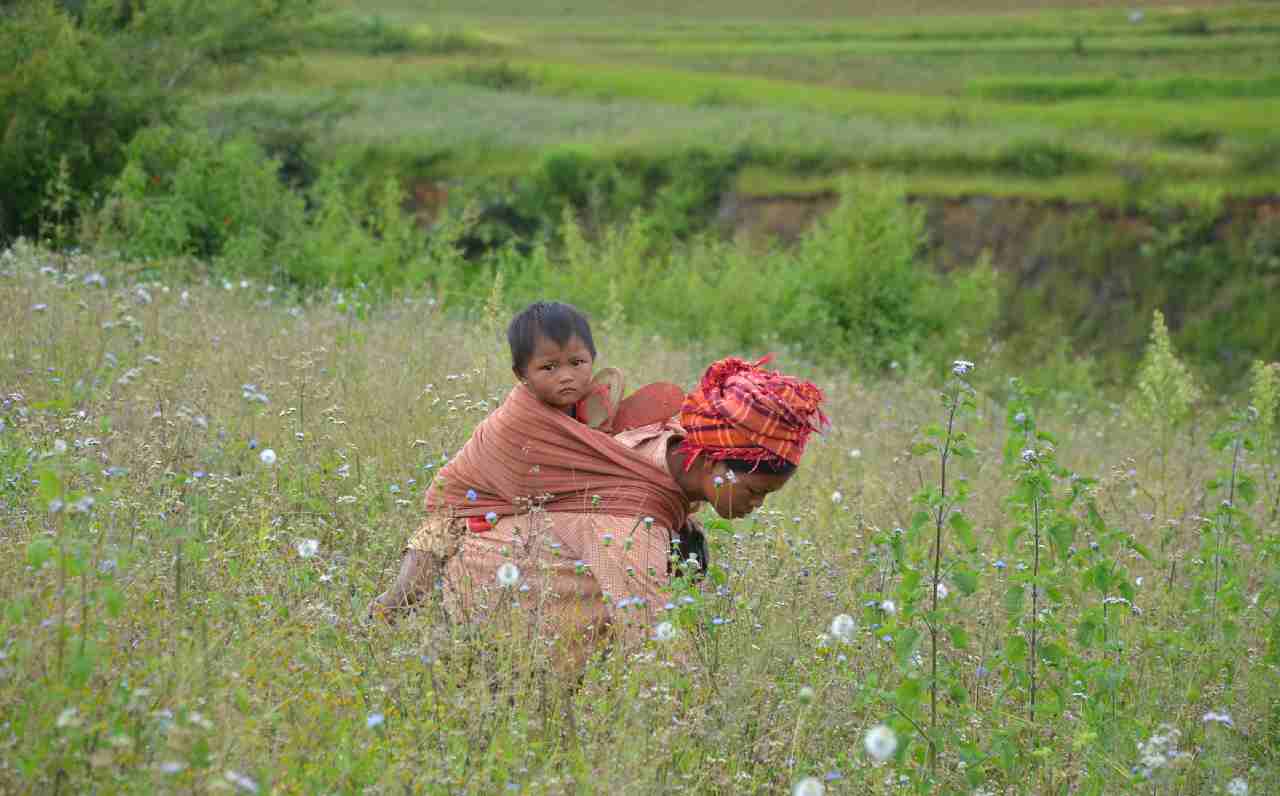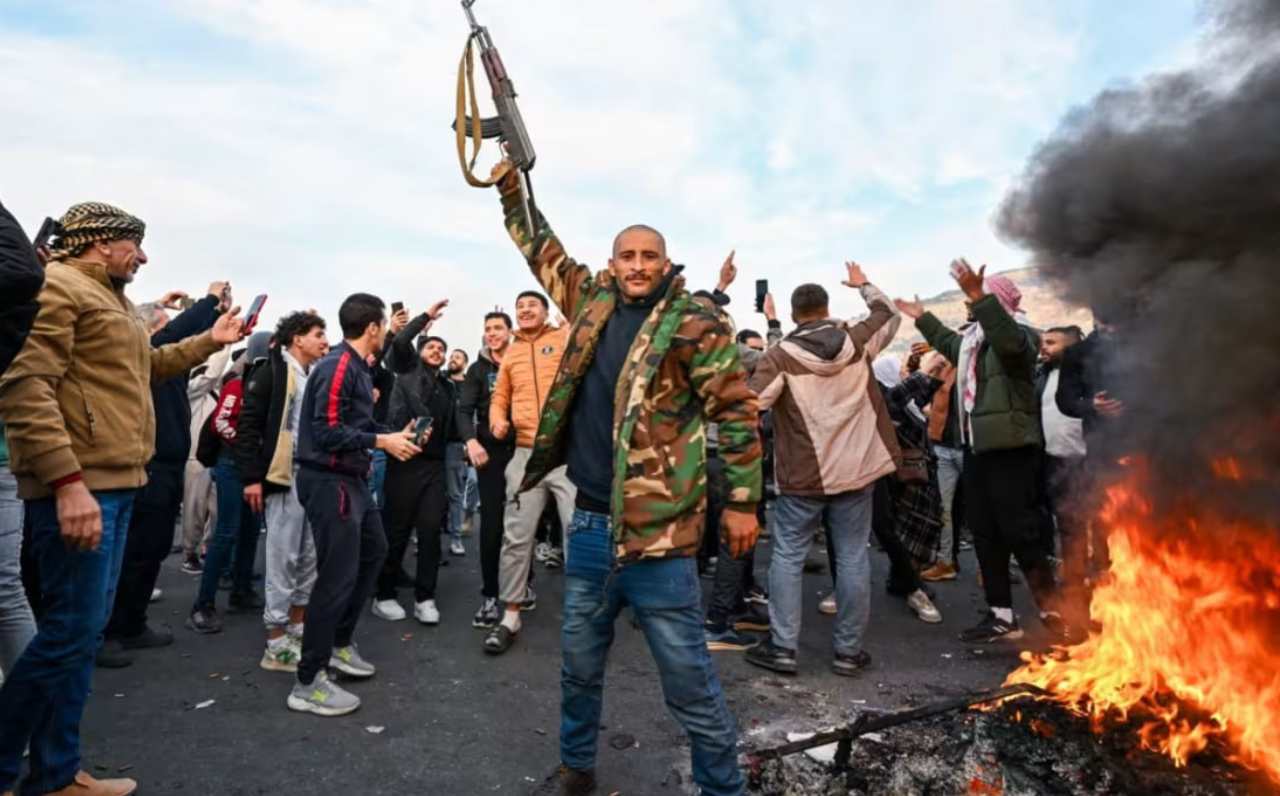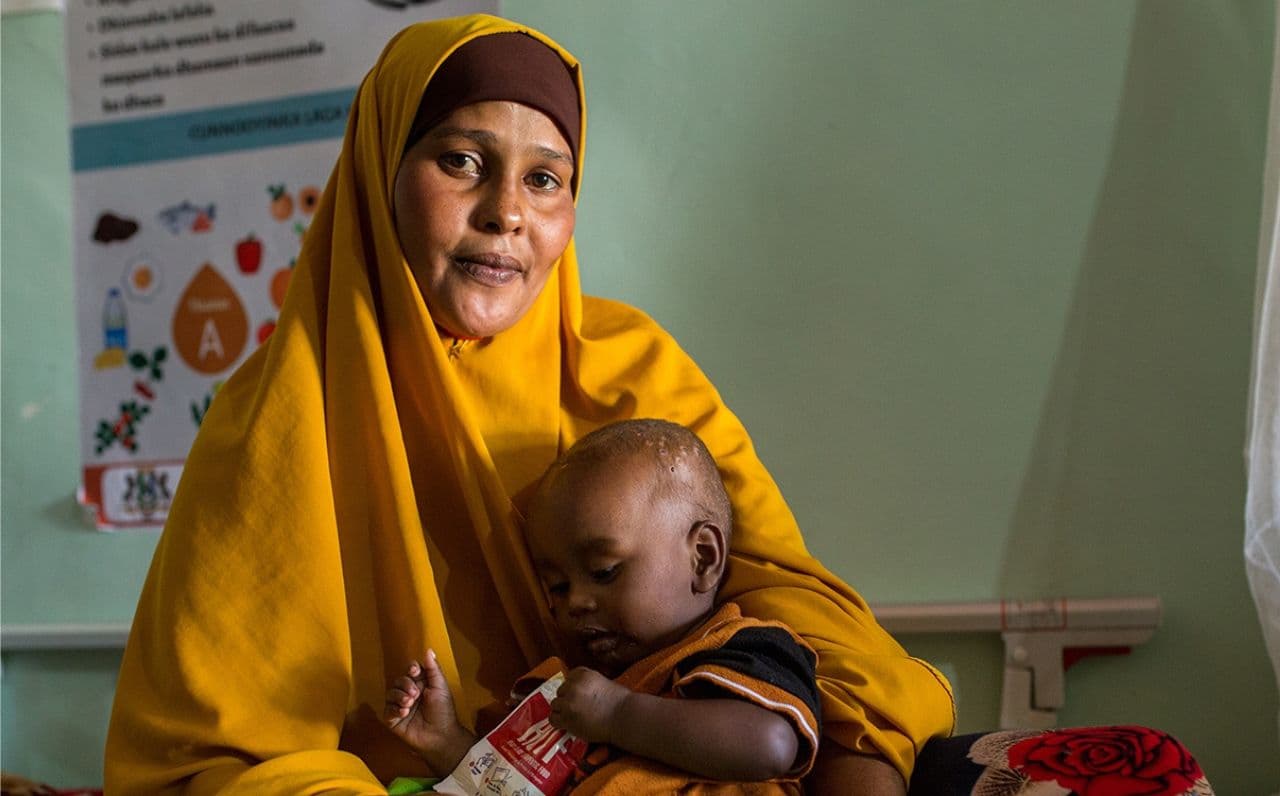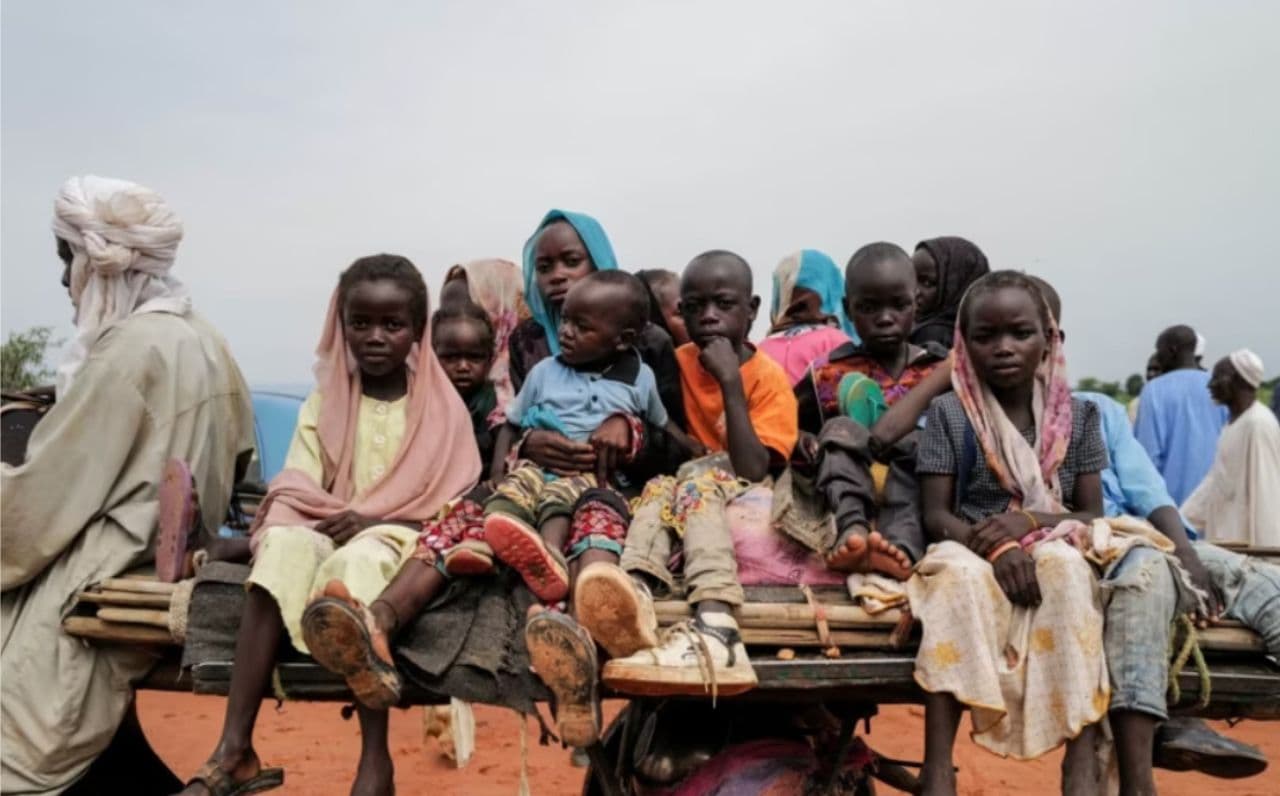Myanmar’s hidden hunger

We’re just eating whatever is available.
Khin, a 59-year-old rice farmer, faced a distressing choice at the height of Myanmar’s monsoon season three months ago: sell a cow, a prized asset for agricultural households, or go hungry.
She sold the animal for half its value. The proceeds went to buy food for her family and inputs for her small rice farm in the Dry Zone – a drought-prone region in the country’s centre where farmers and agricultural experts say falling income and rising costs are worsening hunger.
“We’re just eating whatever is available,” Khin told The New Humanitarian by phone.
Months after the 1 February military coup, poverty and food insecurity are soaring in Myanmar’s Dry Zone and Ayeyarwady Delta regions – the country’s agricultural heartland – sparking warnings of a hidden crisis in the making as farming households struggle out of view of most humanitarian aid plans.
Khin blames her family’s plight on political instability since the coup and a devastating third wave of the COVID-19 pandemic. Costs for critical inputs such as fertiliser have soared, but crop prices have fallen.
“I’m very worried because I have no idea where to go or how to survive if things worsen,” she said. “Other farmers are in the same boat.”
The coup has upended lives across the country, exacerbated its numerous conflicts, and sent the economy into free fall. The Asian Development Bank recently predicted Myanmar’s GDP would shrink by 18.4 percent this year. The currency lost 60 percent of its value in September, Reuters reported, putting even more pressure on food and fuel prices.
The economic crash is worsening food insecurity across the country. However, the Dry Zone and Delta regions are traditionally off the aid radar, mainly because they are not in border conflict zones where humanitarian needs have typically been the most pressing.
Yet poverty is rapidly rising. The percentage of Delta households considered “extremely poor” rose from 18 percent last year to 30 percent in July, according to the Washington-based International Food Policy Research Institute (IFPRI). A recent paper predicts that 60 percent of Myanmar’s “newly poor households” in the coming months will be in the Dry Zone and Delta.
Aid agencies are still mostly working in more remote conflict-affected areas, albeit with some shift to urban populations obviously made poorer by COVID and the political situation,” said Derek Headey, a senior research fellow at the institute.
“But there is a lot of new poverty in the Delta and Dry Zone too, and these are major agricultural production centres and large population areas. So we're very concerned there's an emerging crisis in these zones that's going under the radar."
In interviews with The New Humanitarian, nearly a dozen Myanmar Delta or Dry Zone farmers, or aid staff who work in these areas, said that families were dipping into savings and selling long-term assets to make ends meet.
Some farmers said they’re not sure how they will continue to feed themselves over the long term. Many are taking on greater debt, while cutting back on food.
“Rising input prices and falling output crop prices [are] a double whammy that is squeezing farmers tighter and tighter,” said a Myanmar development worker who has spoken to hundreds of farmers since the coup.
Myanmar farmers and aid workers who spoke to The New Humanitarian requested that their full names not be used for fear of the military.
Source & credit: The New humanitarian aid - Reuters
Photo by Sébastien Goldberg on Unsplash
Africa

2021 Oct 24
Middle east

2024 Dec 10
Africa

2024 May 10
Threats against Christians in Australia increase
International, Americas

2024 Apr 16
Increasing Arrests and Faceless Victims Revealed in Latest Findings.
Middle east

2024 Feb 23
SimilarNews
 Congo-Rwanda Border Tensions Surge: Conflict Fears Mount
Congo-Rwanda Border Tensions Surge: Conflict Fears Mount Escalating Hostilities Prompt International Concern
Africa

2024 Feb 20



